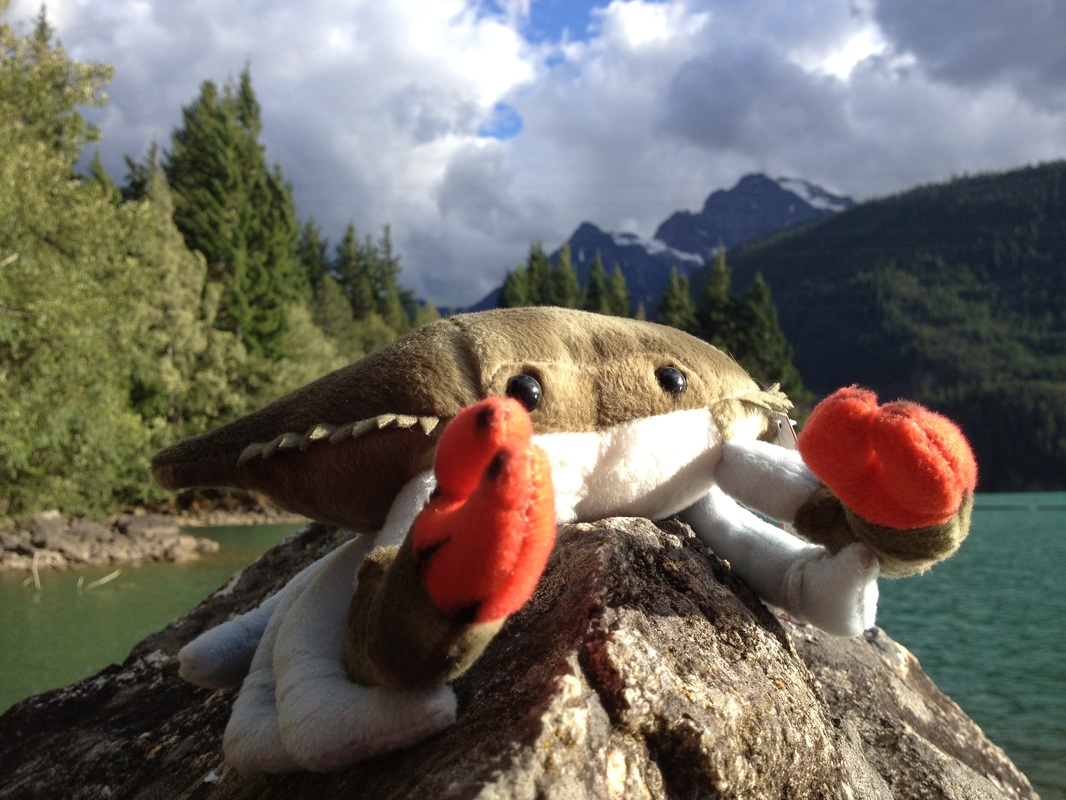The Society for Conservation Biology will host its 26th International Congress for Conservation Biology (http://www.conbio.org/mini-sites/iccb-2013) this July in Baltimore, Maryland. I am excited to be presenting both for our Missouri Chapter on chapter successes and activities and also on my original research on the social structure of African forest elephants. This year’s theme, Connecting Systems, Disciplines and Stakeholders, is representative of the fact that humans are an essential component in conservation. I first learned this lesson when I was a study abroad student at the School for Field Studies’ Center for Wildlife Management in Kenya. This program incorporated not only an ecology and wildlife component, but also a societal one. As large African megafauna cannot be contained in fragmented national parks, it is essential to involve, embrace, and allow benefits to the local community in conservation efforts.
There are plenty of interesting and engaging symposia, but the one I am most looking forward to attending is “Detecting, Understanding and Deterring Conservation Crime.” This is a pressing and crucial issue given the rampant rise in poaching over the past few years. Species especially at risk include elephants and rhinos, which are still relentlessly poached for their tusks and horns. Conservation criminology is an important and emerging field as the nature of poaching events has extended beyond individuals in the local community to international, well-organized criminal organizations. For example, in the recent mass slaughter of 26 forest elephants at world heritage Dzanga-Ndoki National Park in the Central African Republic, strong evidence points to Sudan's army and Central Reserve police. This symposium will highlight recent innovations in detecting and deterring conservation crimes, and highlight future directions and guidance on collaborative approaches to deter conservation crime.
Two plenary talks I am excited about involve the communication of science and the involvement of the public through citizen science. “The Rocket Model for Effective Communications” is a talk about preparing scientists on how to communicate their science to the public, especially with journalists. This issue is also crucial in conservation. Science literacy in the United States continues to decline and issues such as climate change become politicized while the results of studies are lost. The session ends with a demonstration of the “rocket model;” a mock TV interview on scientific integrity with former SCB Executive Director Dr. Alan Thornhill. I am looking forward to learning how to improve my communication skills and sharing them with the scientific community.
Finally, John Fitzpatrick and Caren Cooper will lead the plenary “Humans as Biological Sensors, Democratization of Science, and Our New Relationship with the Earth.” This plenary talk focuses on the role of citizen science in conservation research. As the Internet and technology have allowed for this type of outreach to expand, more and more scientists are using citizens to contribute in the data collection process. This plenary will provide successes from eBird (http://ebird.org/content/ebird/), an online checklist for the birding community and one of the world’s largest observational database on a non-human organism. In March of 2012, more than 3.1 million bird observations were recorded in eBird across North America! The potential of citizen science is huge for research, communication, and outreach and will certainly be a tool for scientists today and in the future. I look forward to these talks, in addition to the opportunities to connect with thousands of conservation professionals across the world.
There are plenty of interesting and engaging symposia, but the one I am most looking forward to attending is “Detecting, Understanding and Deterring Conservation Crime.” This is a pressing and crucial issue given the rampant rise in poaching over the past few years. Species especially at risk include elephants and rhinos, which are still relentlessly poached for their tusks and horns. Conservation criminology is an important and emerging field as the nature of poaching events has extended beyond individuals in the local community to international, well-organized criminal organizations. For example, in the recent mass slaughter of 26 forest elephants at world heritage Dzanga-Ndoki National Park in the Central African Republic, strong evidence points to Sudan's army and Central Reserve police. This symposium will highlight recent innovations in detecting and deterring conservation crimes, and highlight future directions and guidance on collaborative approaches to deter conservation crime.
Two plenary talks I am excited about involve the communication of science and the involvement of the public through citizen science. “The Rocket Model for Effective Communications” is a talk about preparing scientists on how to communicate their science to the public, especially with journalists. This issue is also crucial in conservation. Science literacy in the United States continues to decline and issues such as climate change become politicized while the results of studies are lost. The session ends with a demonstration of the “rocket model;” a mock TV interview on scientific integrity with former SCB Executive Director Dr. Alan Thornhill. I am looking forward to learning how to improve my communication skills and sharing them with the scientific community.
Finally, John Fitzpatrick and Caren Cooper will lead the plenary “Humans as Biological Sensors, Democratization of Science, and Our New Relationship with the Earth.” This plenary talk focuses on the role of citizen science in conservation research. As the Internet and technology have allowed for this type of outreach to expand, more and more scientists are using citizens to contribute in the data collection process. This plenary will provide successes from eBird (http://ebird.org/content/ebird/), an online checklist for the birding community and one of the world’s largest observational database on a non-human organism. In March of 2012, more than 3.1 million bird observations were recorded in eBird across North America! The potential of citizen science is huge for research, communication, and outreach and will certainly be a tool for scientists today and in the future. I look forward to these talks, in addition to the opportunities to connect with thousands of conservation professionals across the world.


 RSS Feed
RSS Feed